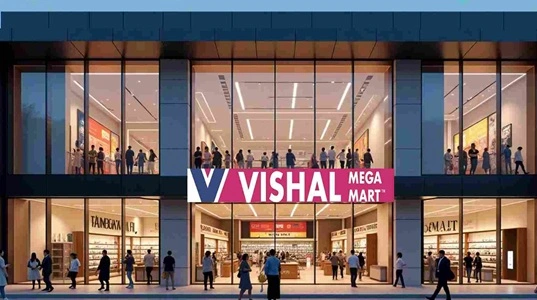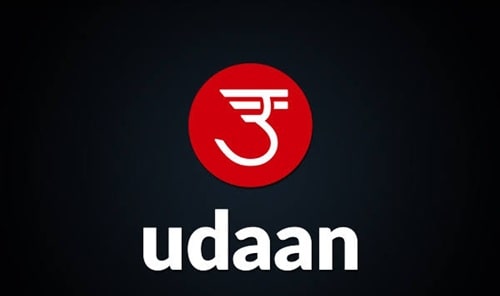Rapido is India’s mobility platform company that was founded in 2015 as a bike-taxi aggregator. The company helps customers book short two-wheeler rides in congested Indian cities. Over the past few years, Rapido has expanded its offerings: auto rickshaw rides, cab services, delivery, and others. Now, it is having its presence in 100+ cities throughout the country.
Rapido works with a number of partner-drivers (known as captains), who use their own vehicles to offer rides. The company handles the platform side, meaning handling rider matching, pricing, safety measures, and payments. To expand its reach, Rapido has focused on marketing thoroughly, driver incentives, and improving its technology. Although it has also had sizable losses, though these are narrowing as revenue increases and costs are optimized. Financials in recent years, Rapido marked revenue growth of 46% from FY23 to FY24, while losses declined by approximately 45%.
Below, we’ll explore how its business model is structured, how it is making money, everything about its financial performance, what’s new, and important company details.

How is Rapido Business Model Structured?
Rapido leverages a platform or aggregator model in mobility. Simply put, it connects riders (users needing transport) with captains (bike, cab drivers, auto) through its app. The company doesn’t own most vehicles. Instead, captions are independent contractors.
Another key component is its revenue model & cost optimization levers. Rapido earns via ride booking commissions or fees, from subscriptions, marketing, or partnerships, and other streams. The costs typically include:
- Rider incentives
- Driver or captain payments
- Marketing & promotional expenses
- Technology/infrastructure
- Support services
- Employee costs
In recent times, Rapdio switched to a SaaS or subscription-type model for captions in Indian cities. In this model, captions pay a fixed daily or nominal charge instead of per-ride commissions.
| Company/Brand | Rapido |
| Establishment Year | 2015 |
| Headquarters | Bangalore, India |
| Founder/Owner | Founded by Pavan Guntupalli, Aravind Sanka, Rishikesh SR |
| Industry | Ride-sharing / Mobility / Bike taxi / Auto & Cab services / Delivery |
| Net Worth (2025) | Approx ₹ 648 crore (operating revenue) for fiscal year ended March 2024, up 46.3% YoY from FY23’s ₹ 443 crore. |
| Total Revenue 2025 | Approx ₹ 371 crore loss in FY24, narrowed from ₹ 675 crores in FY23 |
How Does Rapido Make Money?
1. Through Ride Bookings – Bike, Auto, Cab
The first and foremost business is ride services. When a person books a ride on the app, they pay a fare. Rapido gets a part of that fare, either as a commission or through other fee arrangements. The ride fare demonstrates distance, time, ride type, city, and more.
2. Through SaaS/Subscription Model (Driver Side)
The important shift now in Rapido’s model is shifting from pure commission on rides. In many Indian cities, Rapido introduced a zero-commission model for drivers. Having said this, the company has replaced commission fees with a fixed daily login or access fee. Captions pay a nominal subscription fee of between Rs 9 and Rs 29 every day. In return, they keep more or all of the ride earnings.
3. Through Delivery and Other Services
Rapido also operates delivery services: small cargo, parcel, and hyperlocal. Users can send parcels, documents, and other stuff. And the company charges delivery fees. This adds more revenue beyond ride services. Marketing & premium plans or merchant income may add on to this.
4. Through Marketing Income, Partnerships, Brands
Rapido works with brands or local businesses for promotions, ads, or special offers on its website. Plus, it has income from marketing collaborations, and by being an app with a large user base, there are huge opportunities for brand promotions, in-app ads, or featured placement.
5. Through Commission’s Reduction and Incentive Costs
Rapido is improving incentive expense, switching business model to reduce commission deductions, and controlling employee, marketing, and admin costs. These significant changes indirectly support profitability.
6. Through Ride-Type’s Expansion and Geographic Stretch
With auto-rickshaw services, cab services, and delivery, plus expanding to many cities, Rapido increases its overall addressable market. More ride types attract customers from different segments. More cities mean more rides, resulting in better scale. As long as the scale grows, fixed costs spread out quickly.
Financial Performance
In FY 2024, Rapido’s operating revenue was estimated at around Rs 648 crore, up 46.3% from about ₹ 443 crore in FY 2023. Its net loss declined from ₹ 675 crore in FY 2023 to ₹ 371 crore in FY 2024 — about a 45% reduction in losses. Gross order Value or GOV also witnessed strong growth: in Q2 FY25, GOV was ₹ 2,461 crore, up from ₹ 977 crores in the same quarter last year. Ride orders doubled to 207 million in that quarter.
What’s New in 2025?
Rapido’s zero commission or SaaS model for captions has been introduced in many Indian cities. Rather than charging a cut from each ride, Rapido charges a fixed daily access fee. Rapid growth in ride volumes is stated in Q2 FY25. The company’s net loss narrowed significantly in FY24 vs. FY23. Rapido increased by about Rs 250 cr. From Prosus in Series E valuation at US$1.1 billion (making it a unicorn).



